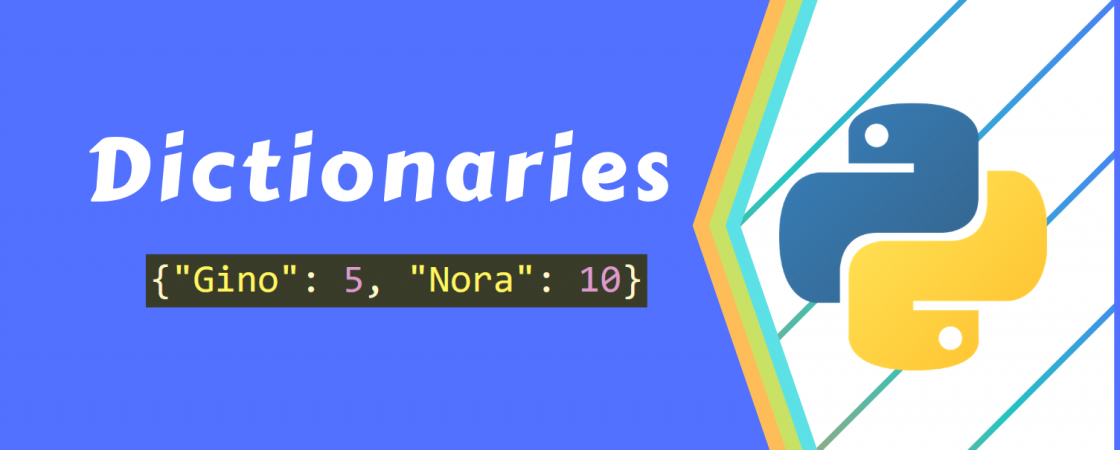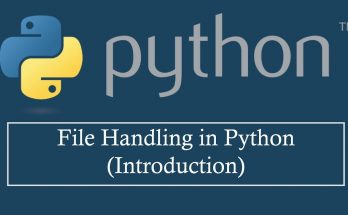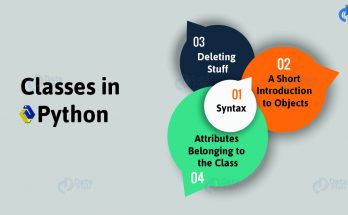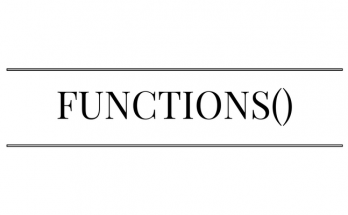Python dictionary is an unordered collection of items. Each item of a dictionary has a key/value pair.
Dictionaries are optimized to retrieve values when the key is known.
Creating Python Dictionary
Creating a dictionary is as simple as placing items inside curly braces {} separated by commas.
An item has a key and a corresponding value that is expressed as a pair (key: value).
While the values can be of any data type and can repeat, keys must be of immutable type (string, number or tuple with immutable elements) and must be unique.
# empty dictionary
my_dict = {}
# dictionary with integer keys
my_dict = {1: 'apple', 2: 'ball'}
# dictionary with mixed keys
my_dict = {'name': 'John', 1: [2, 4, 3]}
# using dict()
my_dict = dict({1:'apple', 2:'ball'})
# from sequence having each item as a pair
my_dict = dict([(1,'apple'), (2,'ball')])As you can see from above, we can also create a dictionary using the built-in dict() function.
Accessing Elements from Dictionary
While indexing is used with other data types to access values, a dictionary uses keys. Keys can be used either inside square brackets [] or with the get() method.
If we use the square brackets [], KeyError is raised in case a key is not found in the dictionary. On the other hand, the get() method returns None if the key is not found.
# get vs [] for retrieving elements
my_dict = {'name': 'Jack', 'age': 26}
# Output: Jack
print(my_dict['name'])
# Output: 26
print(my_dict.get('age'))
# Trying to access keys which doesn't exist throws error
# Output None
print(my_dict.get('address'))
# KeyError
print(my_dict['address'])Output
Jack
26
None
Traceback (most recent call last):
File "<string>", line 15, in <module>
print(my_dict['address'])
KeyError: 'address'
Changing and Adding Dictionary elements
Dictionaries are mutable. We can add new items or change the value of existing items using an assignment operator.
If the key is already present, then the existing value gets updated. In case the key is not present, a new (key: value) pair is added to the dictionary.
# Changing and adding Dictionary Elements
my_dict = {'name': 'Jack', 'age': 26}
# update value
my_dict['age'] = 27
#Output: {'age': 27, 'name': 'Jack'}
print(my_dict)
# add item
my_dict['address'] = 'Downtown'
# Output: {'address': 'Downtown', 'age': 27, 'name': 'Jack'}
print(my_dict)Output
{'name': 'Jack', 'age': 27}
{'name': 'Jack', 'age': 27, 'address': 'Downtown'}
Removing elements from Dictionary
We can remove a particular item in a dictionary by using the pop() method. This method removes an item with the provided key and returns the value.
The popitem() method can be used to remove and return an arbitrary (key, value) item pair from the dictionary. All the items can be removed at once, using the clear() method.
We can also use the del keyword to remove individual items or the entire dictionary itself.
# Removing elements from a dictionary
# create a dictionary
squares = {1: 1, 2: 4, 3: 9, 4: 16, 5: 25}
# remove a particular item, returns its value
# Output: 16
print(squares.pop(4))
# Output: {1: 1, 2: 4, 3: 9, 5: 25}
print(squares)
# remove an arbitrary item, return (key,value)
# Output: (5, 25)
print(squares.popitem())
# Output: {1: 1, 2: 4, 3: 9}
print(squares)
# remove all items
squares.clear()
# Output: {}
print(squares)
# delete the dictionary itself
del squares
# Throws Error
print(squares)Output
16
{1: 1, 2: 4, 3: 9, 5: 25}
(5, 25)
{1: 1, 2: 4, 3: 9}
{}
Traceback (most recent call last):
File "<string>", line 30, in <module>
print(squares)
NameError: name 'squares' is not defined



